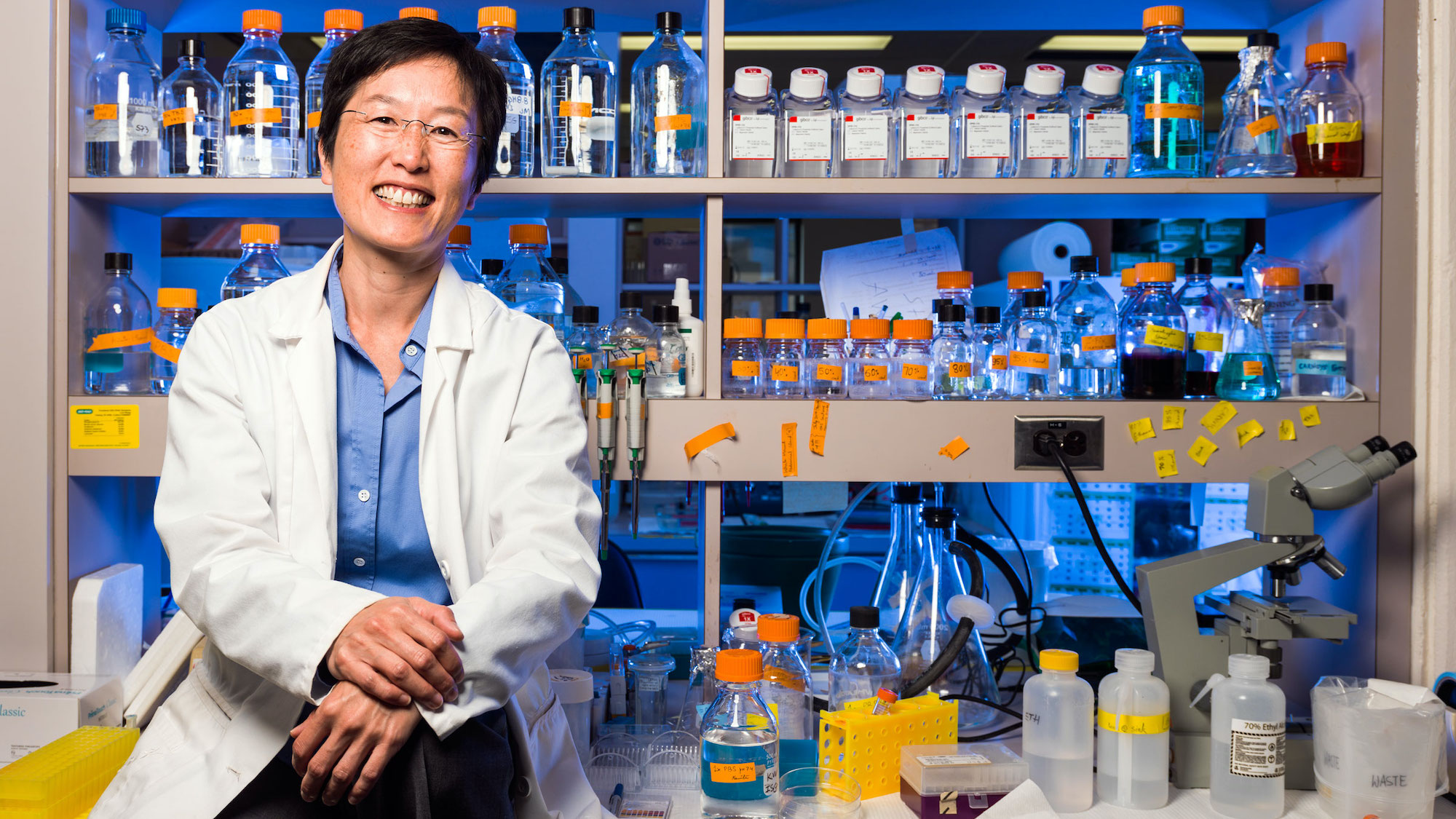A team of University of Alberta researchers has identified an unexpected role for a protein known as BAD in the ability of cells to migrate in the body—a finding that has promising implications for understanding how breast cancer spreads.
BAD, short for “BCL2 associated agonist of cell death,” has many roles in the body, including activating a cell death process called apoptosis. The new study shows that it also has a crucial role in a cell motility process as well, making the protein an ideal target for further research.
Led by Ing Swie Goping, the Lilian McCullough Chair in Breast Cancer Research and a member of the Cancer Research Institute of Northern Alberta (CRINA), as well as Goping’s research associate John Maringa Githaka, the project behind this finding was a multi-year endeavour that also featured contributions from CRINA members Alan Underhill and Richard Fahlman, technicians Namrata Patel and Raven Kirschenmann, and student Vrajesh Pandya.
Goping and her team previously identified that high levels of BAD are associated with improved survival of breast cancer patients. To find out why, the team turned its attention to BAD’s role in normal physiology.
Mammary epithelial cells are busy during puberty creating a system of ducts that will later be used for the delivery of milk, and during this period, the cells are highly migratory. Once the duct system has been established, cell migration stops. It is the reactivation of those migratory systems that drives metastasis, and it’s that mechanism that Goping and her team were seeking to better understand by learning about BAD’s role in the process.
A key finding they uncovered was the importance of phosphorylation, a process in which a phosphate group attaches to a protein. If BAD is not phosphorylated in normal, pubertal cells, the cell isn’t able to move. The cell does grow protrusions that are designed to help with motility, but those protrusions can’t actually grip anything, rendering the cell stationary.
“All of these fingers come out but they have no grip; it’s like a climber trying to scale a wall without chalking up their fingers,” said Goping. “If we can deplete that traction from a tumour cell that’s trying to migrate out of the breast, perhaps we can inhibit metastasis. That’s what we’re trying next.”
The team also found that if BAD is mutated so it can’t be phosphorylated, mammary gland development is delayed. Typically, signalling molecules gather at the sites of protrusions and direct the production of certain proteins that are needed to form the normal cellular protrusions. The mutated BAD prevents the production of proteins needed to create those propelling protrusions. Identifying these downstream proteins possibly gives researchers even more nuanced ways to inhibit cell motility.
“If BAD is the quarterback that says we’re going to run or we’re going to stop, it’s a good target to be looking at,” said Goping. “If you want to control the game, you want to have control of that key piece. This discovery shows that BAD can have these multiple roles—it wears multiple hats—and these are new roles that we’re trying to explore with respect to cancer and metastasis.”
Next steps in the project involve looking at the impact of dephosphorylating BAD and seeing whether that can block metastasis by controlling those protrusions and ensuring the cell isn’t able to grip anything and move through the body.
The study, “BAD regulates mammary gland morphogenesis by 4E-BP1-mediated control of localized translation in mouse and human models,” was published in Nature Communications and was generously supported by the McCullough family and additional funding from the Alberta Cancer Foundation and the Canadian Institutes of Health Research.
